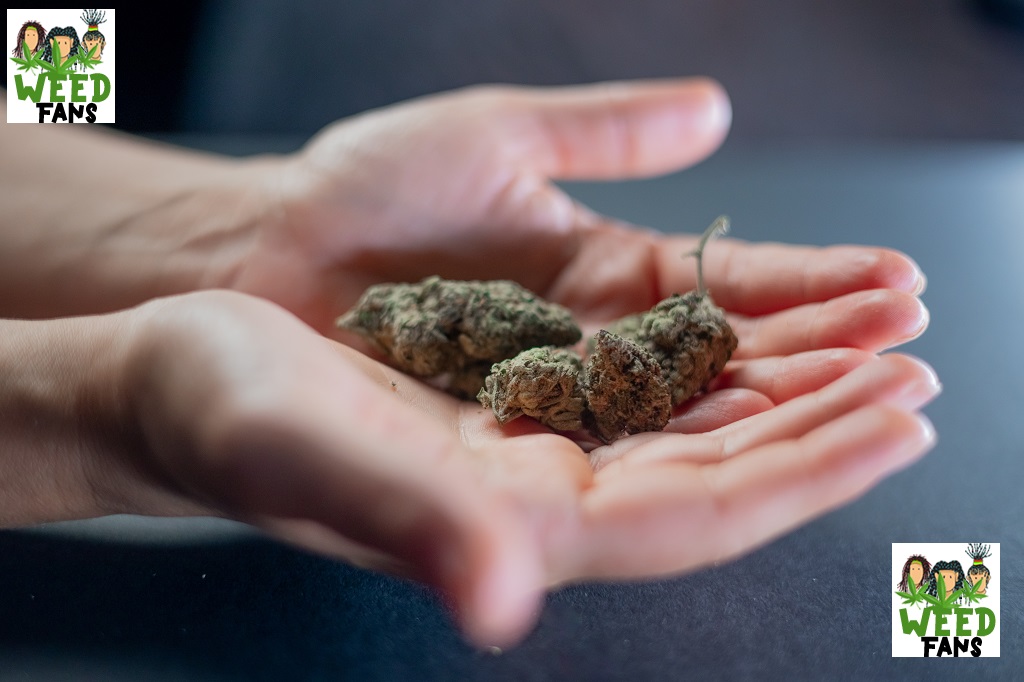Introduction:
Marijuana, also known as cannabis or weed, pot, or dope, refers to dried flowers, stems, leaves, and seeds of the cannabis plant. The cannabis plant has more than 100 substances (or cannabinoids).
These include tetrahydrocannabinol (THC) which has been shown to cause impairment, as well as cannabidiol (CBD) which isn’t impairing, meaning it doesn’t cause the sensation of a “high.”
Legalization Of Marijuana In The U.S:
Marijuana is still illegal at the federal level. However, more than half of states, including the District of Columbia, Guam, Puerto Rico, Guam, Puerto Rico, Guam, and the U.S. Virgin Islands, have legalized medical marijuana. Additionally, states are gradually legalizing marijuana for adult use that is not medically related.
While marijuana is widely commonly used for non-medical and medical adult use, that doesn’t mean that it isn’t risk-free.
Researchers are still learning about the effects on health and the potential health benefits that could be derived from using marijuana.

How Can Marijuana Affect Your Health?
While further research is required to understand all the positive health effects of marijuana usage, do know that marijuana consumption can cause a variety of impacts on the brain and body.
Brain Development and Function:
Brains that are developing, like the ones found in children, babies, and teenagers, are particularly susceptible to adverse effects of marijuana as well as THC.
The use of marijuana in adolescence or young adulthood, before the brain has fully developed and fully developed, can impact how the brain develops connections for tasks like memory, attention, and learning. The effects could last for over a long period or be long-lasting.
The use of marijuana in recent times (defined as less than 24-hours) directly affects the parts of the brain responsible for emotional control, decision-making, coordination, and reaction time. It can affect the critical abilities required for safe driving.
Heart and Lungs:
Smoking any product like marijuana, for example, could cause lung damage, increase the chances of developing bronchitis, and cause scarring of blood vessels in the small blood vessels. Smoking marijuana also increases the likelihood of having a stroke, heart disease, and other vascular diseases.
Mental Health:
Marijuana use has been associated with depression, social anxiety as well as suicide, and schizophrenia. Researchers don’t know if marijuana consumption directly causes these issues; however, it could increase the severity of symptoms.
Inhaling or Eating Marijuana:
Vaping products that contain THC have been linked to lung injuries and death. Vaping with concentrates or dabbing devices provides massive amounts of THC to users and can pose health hazards due to the high dose or intensity of the THC used.
Consuming foods (foods or drinks that are laced with marijuana) will be more challenging to get into when compared to the smoking of marijuana. The delay in the effects of eating edibles can increase the danger of overindulging, leading to the risk of poisoning or even severe injury.

Polysubstance Use:
The usage for more than one substance. This is the use of two or more drugs are combined or used within a brief time in a way, whether unintentionally or intentionally:
- The use of marijuana and alcohol simultaneously can cause more significant impairment and the possibility of physical injury.
- The use of marijuana in conjunction with opioids could increase the risks of opioid abuse.
- Marijuana could alter how prescription drugs function. Talk to your physician about any medication you’re taking and potential side effects if you mix them with marijuana or other substances.
Marijuana Use Disorder:
Certain people who smoke marijuana may develop a marijuana use disorder, which means that they can’t quit using marijuana, even though it leads to health problems and social issues throughout their daily lives.
A study has estimated that around 3/10 users of marijuana suffer from marijuana use disorders. The chance of developing marijuana addiction is more significant for people who first begin to use marijuana in their teens and are more frequent users of marijuana.
Marijuana As Medicine:
The Food and Drug Administration (FDA) has approved a cannabis-based drug that is derived from plants and two prescription medications made of synthetic chemicals that replicate the actions or effects of THC.
These drugs are only available by prescription from a registered medical professional:
Epidiolex has CBD that is purified extracted from marijuana. It is approved to treat seizures caused by two rare and severe types of epilepsy (Lennox-Gastaut syndrome and Dravet syndrome) and seizures caused by an uncommon gene-related disorder (tuberous syndrome complex).
Dronabinol (Marinol and Syndros) and nabilone (brand name Cesamet) are lab-created substances that function as THC by stimulating cannabis receptors within the brain.
Both of these medications are used to alleviate nausea in cancer patients receiving chemotherapy and boost appetite in people who have AIDS and feel they don’t feel hungry (wasting syndrome).
Conclusion:
CBD as well as THC both have medicinal benefits. Both are considered secure, but you should be aware of the possibility of adverse reactions and interactions with other medicines you’re taking. Discuss with your doctor or a licensed cannabis or CBD doctor before use and If you have any questions.
Are you interested in learning more information about CBD? Click Here page for more information about CBD products, reviews, recipes, and research-based information about CBD from Weed-Fans.
